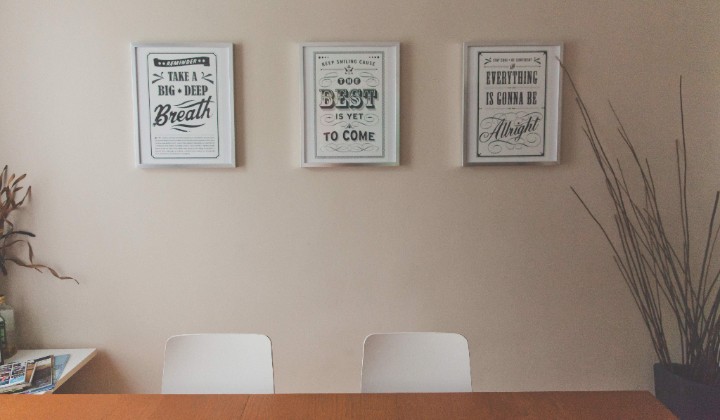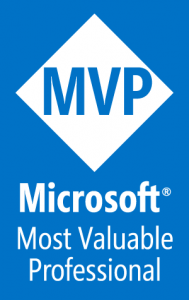The First Real Change in the SharePoint Interface
The release of the new SharePoint Framework (SPFx) signifies the first real shift in the SharePoint interface development since 2007. Microsoft introduced the concept of Master Pages and Page Layouts to SharePoint 2007, leveraging the controls found in ASP.NET at the time. Since then, SharePoint Developers and us UI folks have been awaiting the day for the next interface update and now, nine years later, it’s finally within sight!
Don’t get me wrong, over the years there have been modifications to the general look of SharePoint such as the removal of tables for primary layout and the addition of Design Manager in SharePoint 2013. Microsoft did introduce new development models from full trust solution to sandboxed solutions and in SharePoint 2013, apps/add-ins. Despite these changes, the underlying ASP.NET model has always stayed the same when delivering the base page content. Initial HTML was rendered by the server and delivered to the client.
ASP.NET Model Replaced by Client-Side Rendering
With the introduction of the SharePoint Framework and its promise of full client-side rendering (CSR), I see the ASP.NET Model’s days in SharePoint are dwindling. Why? The web is transitioning completely (and at full force, I might add) to full CSR. Aspects of CSR were introduced in 1998 with the coining of “Web 2.0”, and have been building since there. True CSR is essentially where the data of a website is detached from the presentation (i.e. MVC/MVVM). With this transition, other coding techniques, such as Angular, ReactJS and so many other JavaScript Libraries and Frameworks are making strides.
Sure, the Master Page and Page Layout model in SharePoint allows us to tack on some CSR, but these are just shims. And as mentioned, back-end solutions provided as full-trust, sandboxed or via add-ins did offer us some mechanisms to enhance the SharePoint interface (such as asynchronous communication with SharePoint via CSOM/ REST API), but at the core, it was still built on ASP.NET.
An Opportunity to Build Modern Interfaces
In my opinion, the new SPFx, once fully delivered by Microsoft, will provide developers the first opportunity to build modern interfaces on top of SharePoint from the ground up, not as a shim. Although as of right now the SPFx only makes it possible to create newly styled web parts based on its CSR engine, I am confident that there is more to come. Look at the new Document Library UI, the new SharePoint Homepage and the new Site Contents pages in SharePoint Online. Look at the source! It is all JavaScript. I am one to believe that the current locks in place will be removed and we too will get access to the keys that enabled these new UIs.
The SPFx Will Introduce New Techniques, Technologies, and Best Practices
As with most new technology, it will still be some time before SharePoint is fully up to snuff, but when it finally is, there will be cheers of joy heard across the entire SharePoint community (as well as a possible sigh of relief). As I get more time working with the Framework, I continue to be impressed and grow confident that Microsoft will address looming concerns, one step at a time.
In closing, I look forward to watching the SPFx evolve, especially as new techniques, technologies, and best practices are released and implemented. I am beyond excited to experience the first real change in the visual delivery of SharePoint since 2007, and I hope you are too.
Are you going to Ignite 2016 in Atlanta? Join Tejas Mehta and I on Wednesday September 28th from 10:45 am – 12:00 pm EST where we will look at best practices for customizing and branding SharePoint Team sites on SharePoint Online. If you miss the session live, it will be on Channel 9 within a day or so.









“In closing, I look forward to watching the SPFx evolve, especially as new techniques, technologies, and best practices are released and implemented. I am beyond excited to experience the first real change in the visual delivery of SharePoint since 2007, and I hope you are too.”
I totally agree and like you I’m really looking forward to the release.
Cheers,
Oliver